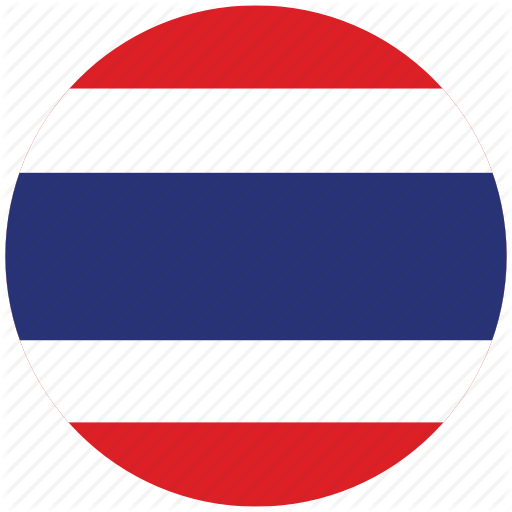Oops!
Sorry, we cant seem to find the page you’re looking for
Please click back button on your browser to go back
or
Select relevant country site to start your journey



























